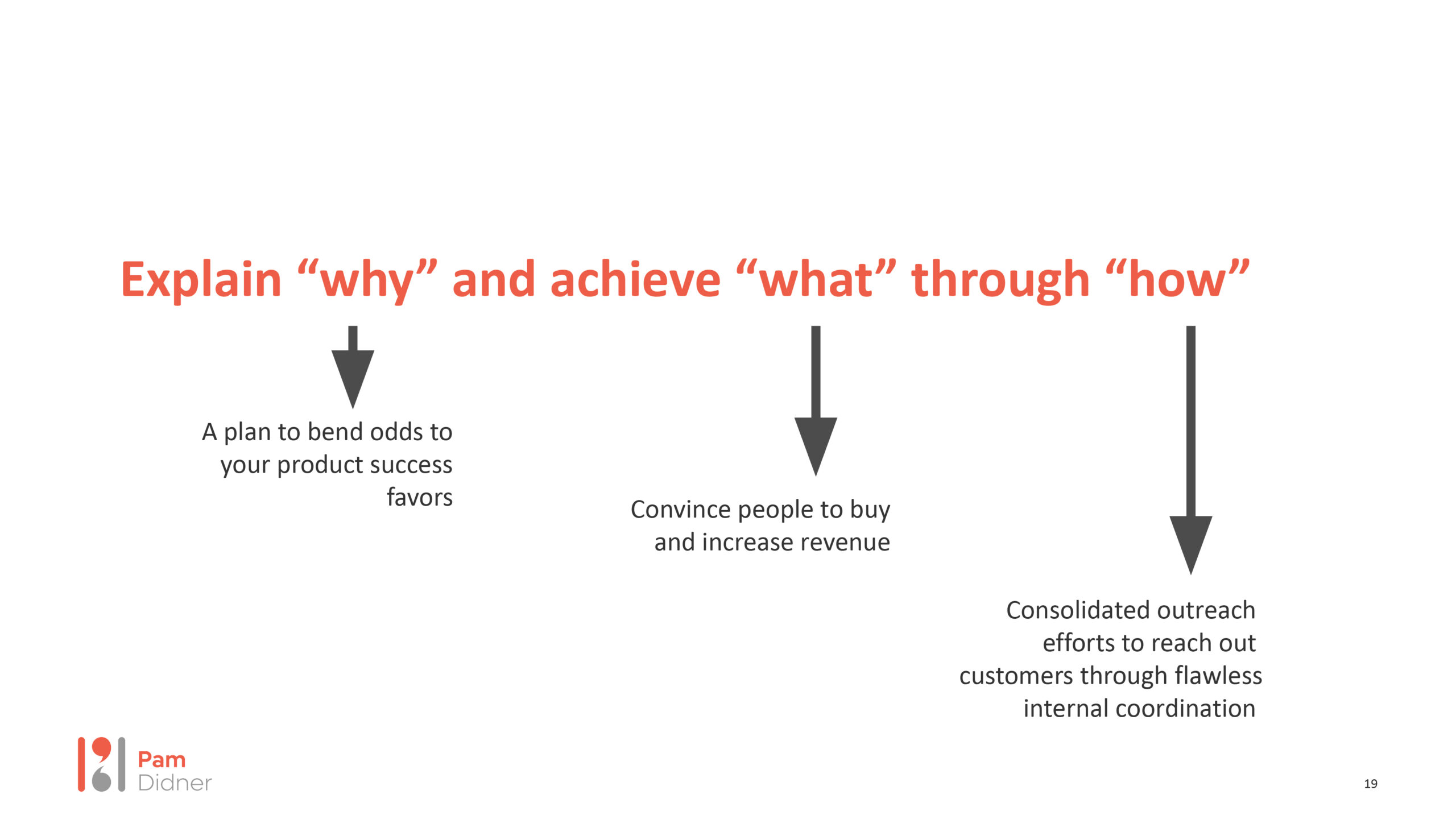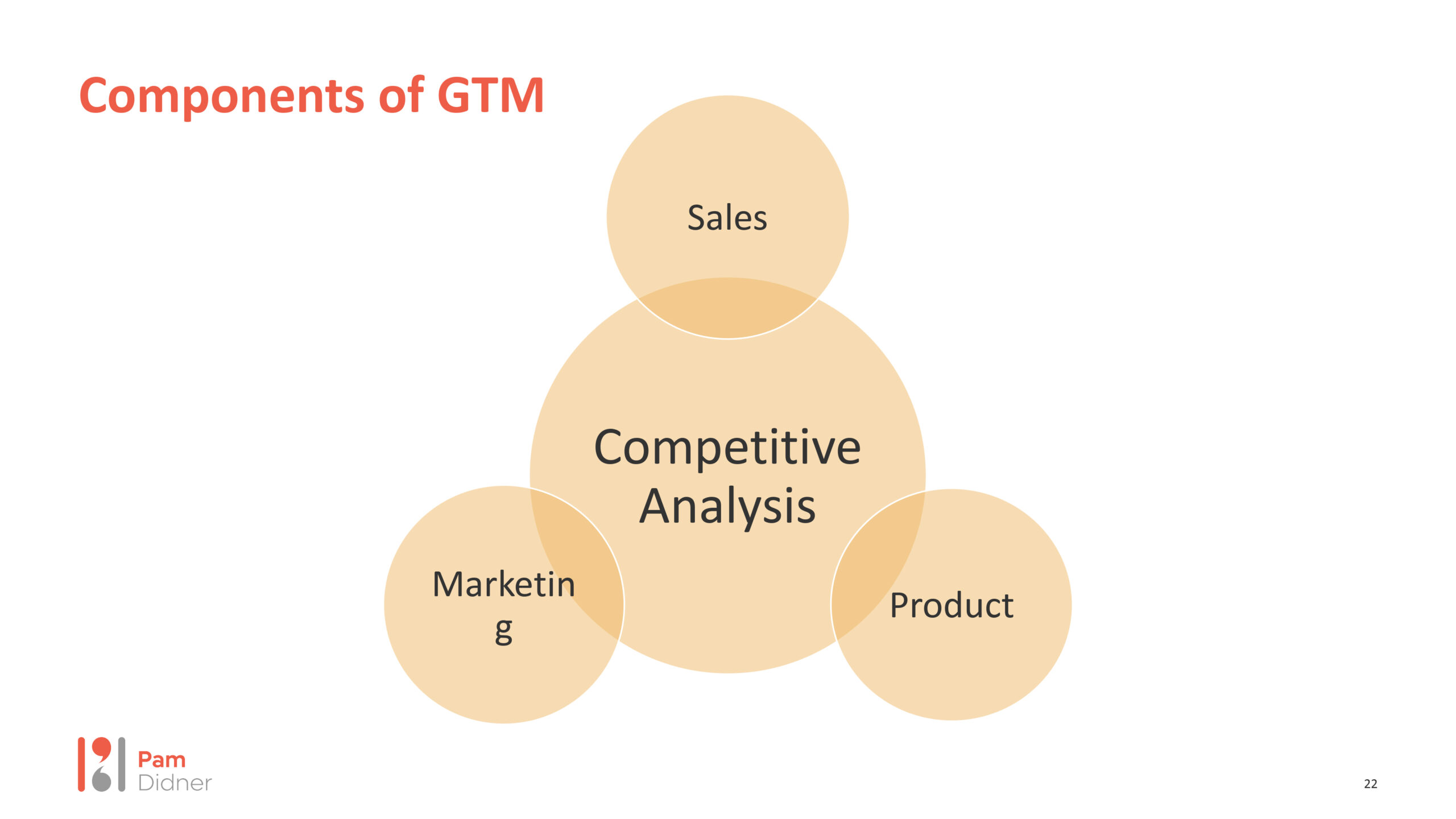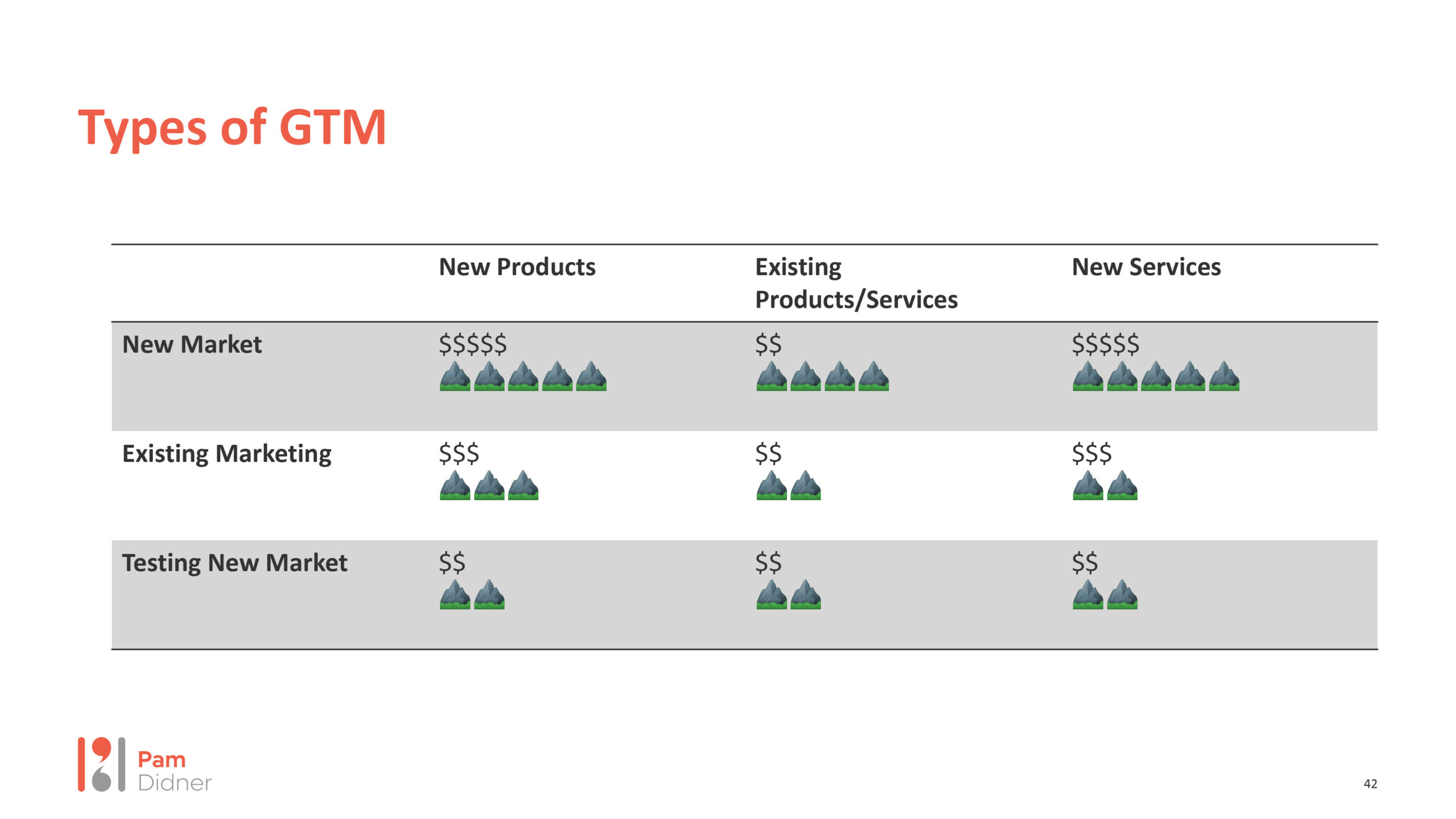
Recently, I created a GTM (go-to-market) plan webinar series for MarketingProfs. This 4-hour weekly August webinar will be converted into a 6-hour in-person workshop with more stories and templates at B2B Forum in Boston.
If you are interested, please register here.
If you’ve attended any of my past workshops, you’ll know how fun and engaging I make them!
Whether or not it’s your first time at the rodeo, I’d love to see you in Boston. (Bonus: it’s the perfect city to visit in autumn!)
GTM is challenging for B2B marketers because many elements need to be considered and incorporated. A solid and holistic GTM goes beyond marketing and stretches into products/services and sales.
The territorial line blurring may make marketers uncomfortable, not to mention last-minute scope creep and constant directional changes from executives.
These factors make GTM planning and implementation even more arduous and tricky. I’ve done it many times; I totally get it.
Two mindsets you need to have before starting your GTM planning:
- No money, no GTM
- Everything takes longer than expected
No money, no GTM
It is what it is. If you don’t have the budget, don’t sign up to do GTM. Modern marketing requires budget and resources. Organic outreach is not GTM. PR stunts are not GTM.
Everything takes longer than expected
Again, it is what it is. Paid media takes longer to plan while launching an event requires booking a venue way in advance.
You can use your network or funds to shorten the time frame, but that comes back to no money, no GTM. Since everything is likely to take longer, START EARLY!
Definition of GTM:
I’ve read various definitions of “GTM” online. Many marketers are confused about which GTM definition is correct.
See three of those definitions below:
- Engage with customers to “convince” them to buy our product or service so they will be more efficient or effective
- An intentional and well-crafted plan to introduce a product to a market with a “better chance” of success
- A comprehensive sales and marketing product launch that clearly defines ideal customers, positioning our product uniquely and competitively, and fully aligning with the product team, sales, marketing, and other internal teams
The first one explains “why” you create GTM. The second one highlights “what” GTM should do. The last one focuses on “how” to herd the cats for GTM planning.
Therefore, all the definitions are correct, but you need to understand how each one is defined to determine which you want to use for your own definition.
The GTM (go-to-market) framework: components of GTM
Three key pillars in any given GTM: Product, Sales, and Marketing. At the center of it: competitive analysis. You need to know how your product goes against your competitors.
Some argue that it should be the customer at the center. You can certainly do that. My take is that customers should always be front-and-center of what you do; that’s a GIVEN.
The key in GTM is how your product compares to your competitors, as well as what you can do to make your product stand out. Then, determine what you’ll do to promote your products along with your sales team.
GTM is your internal game plan. Everyone needs to understand how our products stand out against our competitors, what our positioning is, and why.
Therefore, it makes sense to place “competitive analysis” in the center instead of customers.
Marketing is certainly a key component, but sales and products play an essential role.
To make GTM successful, you need to articulate your product’s unique differentiator well. You also need sales to start selling or talk to their customers about it.
Working closely with your product team to understand your products well – how they solve customer challenges. Be able to articulate that clearly.
Then, train sales about the new product, and add sales enablement as part of GTM. It will be more impactful if sales and marketing are aligned during the product launch.
Types of GTM
GTM is about launching new or existing products or services to new or existing markets.
A product-centric GTM is much easier to create than a service-centric one. I don’t recommend doing GTM for services.
Services, unlike products, are intangible. It’s very difficult to launch services as GTM. You almost need a fully-paid media plan to get broad media and influencers to talk about your services. That can get prohibitively expensive, though; again, no money, no GTM.
GTM for services should be a long play using content. Showcase your brand’s knowledge and expertise by sharing relevant and engaging content. If anyone has better ideas on how to execute GTM for services, I’d love to hear about it.
Here is a table to give you some ideas on the budgetary needs and level of difficulty:
Introducing new products to new markets is always tough. You need to understand your products as well as your market.
Depending on the products, market situations, and your budget, you should craft a plan to introduce the product, then continue your marketing outreach after that.
GTM existing products are usually called “soft launches” in the tech or software segments. Working with sales closely so that existing customers know about the new features. The sales team gears up for cross-sell or up-sell.
You can also create GTM to pilot new products. In this case, you should work closely with your product team to test how new product features work in new markets. It’s almost like research, yet, you are testing products in real time.
Now that you have a certain mindset and you know the different definitions and types of GTM, I’ll share the “product” pillar of GTM in the next blog post.
Oh, even if you can’t join my workshop at the B2B Forum in October, no worries.
You can ask me GTM (go-to-market) related questions on LinkedIn, Twitter, or any other social media platforms. Or send me an email.
Looking forward to hearing from you.






